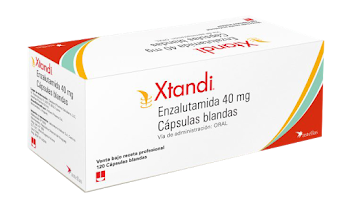History of Daratumumab
Daratumumab (Darzalex) falls under the anti-cancer medication. It is involved in order to bind to the CD38, which is overexpressed in the multiple myeloma cells. It was originated by Genmab, but it is currently being jointly developed by Genmab along with the J&J subsidiary named Janssen Biotech, which acquired the global commercialization rights to the Daratumumab from Genmab. In the month of August, 2012, Janssen Biotech announced the agreement of Global License and Development for investigational anti cancer agent daratumumab. In the month of May, 2013, daratumumab received breakthrough therapy designation in the double refractory MM from the U.S. FDA. In the month of February, 2015, Genmab has announced the preliminary outcomes in phase-II study of daratumumab in the double refractory multiple myeloma. In the month of June, 2015, Janssen initiated the rolling submission of BLA for daratumumab in order to treat patients with multiple myeloma. In the month of September 2015,
